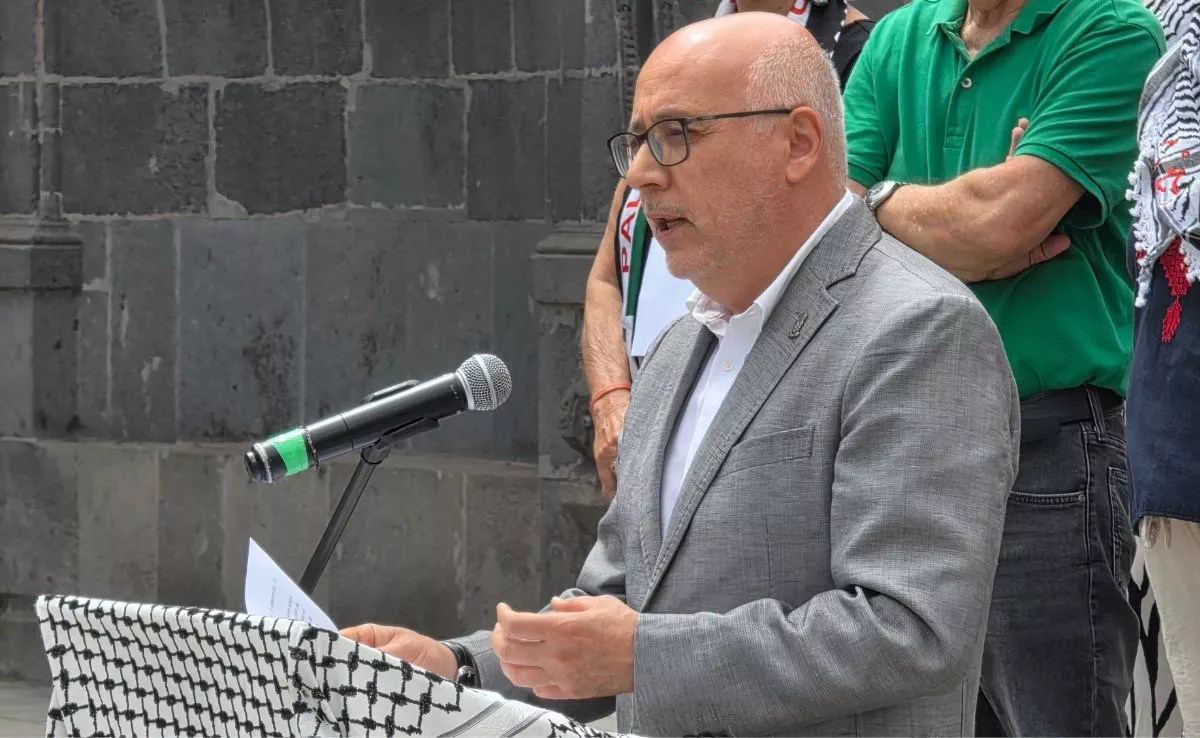The mobility crisis in Tenerife could worsen if the stagnation of major road infrastructure projects in the south continues. The absence of progress on strategic initiatives, including the false tunnel between Las Américas and Fañabé, the third lane between San Isidro and Chafiras, and the OroTanda-Las Américas connection—all located on the TF-1 motorway—threatens to exacerbate traffic congestion in one of the island’s most densely populated areas.
Pedro Martín, a socialist representative in the Cabildo de Tenerife, cautioned this newspaper yesterday about an additional risk: the potential expiration of the environmental impact assessment that encompasses these projects. He indicated that if construction of the slope sections is not tendered and executed promptly, “the document would become invalid,” necessitating a complete restart of the administrative process. According to consulted technicians, this scenario could result in a delay of at least an additional two years.
The roadway corridor between Adeje and San Isidro, stretching approximately 23 kilometres and highlighting the primary mobility issues in the South, was designed for execution in several phases. This approach, championed by the previous government team overseeing the Ministry of Public Works of the Canary Islands, aimed to expedite administrative procedures and hasten the initiation of the work, circumventing lengthy approval processes for each section individually.
However, all actions were legally tied to a single joint environmental impact assessment. This model, while facilitating quicker initial planning, also introduced a risk: if the execution of the planned sections did not commence and accelerate within a specified timeframe, the environmental evaluation could lapse, forcing a repetition of the entire procedure.
With the Chafiras-OroTanda project nearing its conclusion (scheduled for mid-2025), if the remaining sections are not urgently tendered (including the third lane and the false tunnel between Las Américas and Fañabé, whose project drafting and execution were tendered simultaneously), the evaluation would lose its legal validity, necessitating a new environmental procedure.
This process would not only entail redoing the technical studies assessing environmental conditions, the spokesman indicated, “but also undergoing public consultation phases, discussions with impacted administrations, and sector reports…” Dismissing the evaluation would be a grave error in history, “lamented Martín.”
The “forgotten project” of the South
The false tunnel between Las Américas and Fañabé, deemed crucial for alleviating congestion in one of the most crowded sections of the TF-1, stands as one of the most telling examples of this stagnation. The project was initially awarded in December 2022 for €95.5 million, but a judicial appeal necessitated the process to be repeated. In July 2023, it was reawarded to a consortium for €90.4 million.
Currently, the project is in a technical supervision phase before environmental processing, as reported by Diario de Noticias. It involves a false tunnel measuring 2.14 kilometres in length, designed to start near the Playa Police of Las Américas and the SIAM Mall shopping centre, concluding near the southern highway.
The project is not expected to impact natural areas or require the occupation of protected land, conditions that should, in theory, facilitate swifter technical and administrative processing.
“The work would be on an existing motorway where there is no flora or fauna to safeguard. The intention was to avoid significant constraints,” the former president of the Cabildo stated to this newspaper.
















